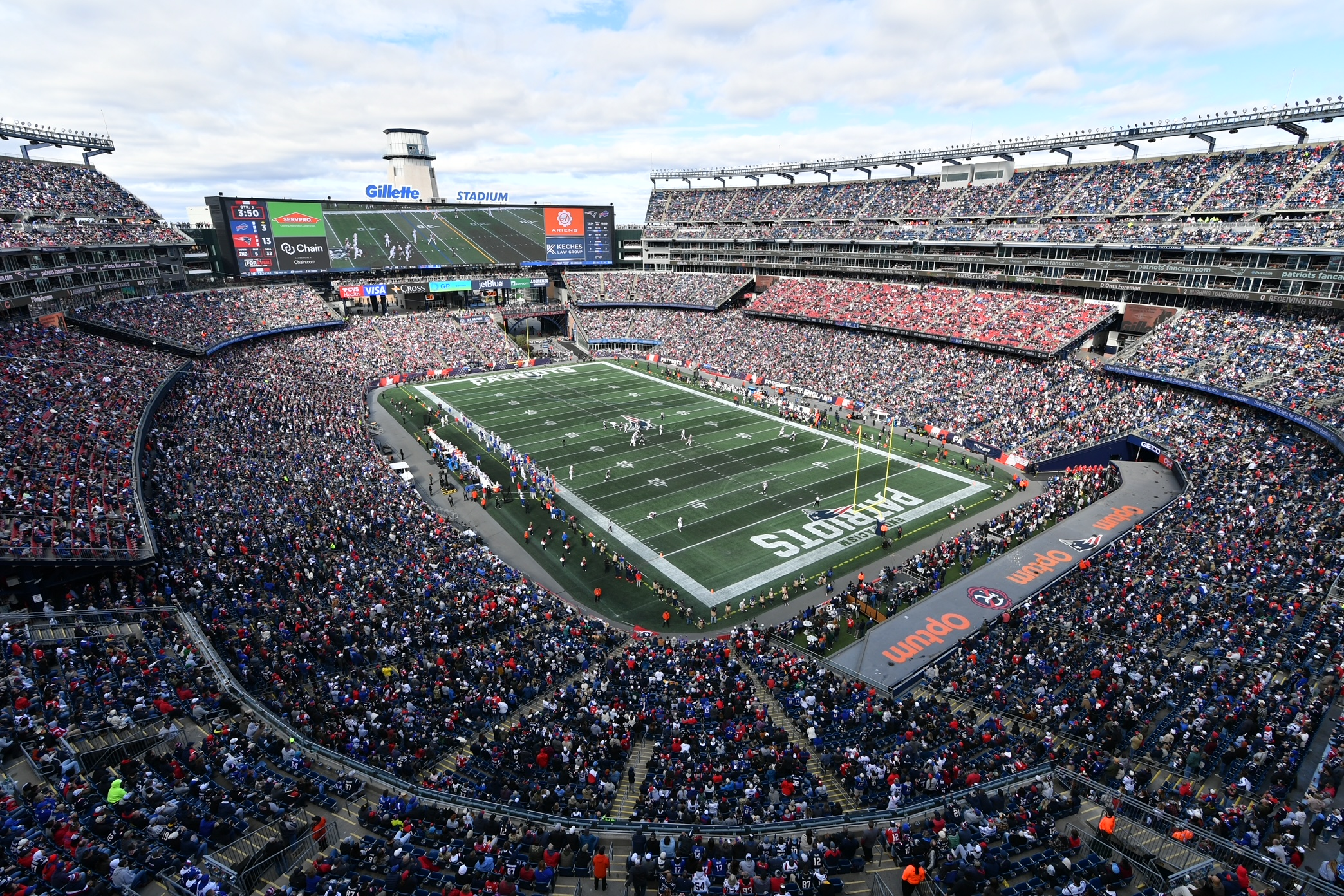The Customer
4 Design, LLC is a full-service, commercial interior design firm specializing in Senior Living, Education, Hospitality, and Multi-Family Housing. 4 Design, LLC has been delivering interior solutions beyond style by connecting with their client’s mission, values, and project goals since 2004.
The Customer’s Challenge
Our objective for the initial meeting was to develop valuable insight into 4 Design, LLC’s current processes, workflows, and corporate culture. The following areas of concern were listed as a basis for project goal setting and solution design. Each cited issue contributed, on some level, to a breakdown in their historic Project Lifecycle Management procedures (PLM).
- Versioning was a manual process.
- Managing CAD templates and blocks was difficult to maintain, standardize, and update.
- Presentation documents were created in PowerPoint, which was tedious and disconnected from their design and documentation process.
- AutoCAD standards were inconsistent from project to project.
- Responsibility for documenting existing conditions on projects often required doing field measurements or relying on older plan documents, while occasionally working with incomplete information.
- Projects contracted through architects were often difficult to complete on time due to poor channels of collaboration as it relates to the timely sharing of project innovation, design, and deliverables documentation.
The Project Goals
This project with 4 Design, LLC consisted of four main goals:
- Put a highly efficient documentation and collaboration system in place that would serve to give all project stakeholders real-time visibility into project lifecycles.
- Make the Autodesk Revit 3D model the centralized “depository” for all design-related data and documentation.
- The standardization of all CAD specifications within the Autodesk Revit models to establish consistency from project to project.
- Reduce the time to move through a project’s innovation, design, and documentation phases to ensure schedules are regularly met.
The Solution
The 4 Design, LLC team chose to address their objectives in a phased approach, beginning with installing and customizing Autodesk Revit as their primary design tool, including related training for their users. The second phase included customizing and standardizing Revit templates related to creating 3D models. Last was the design, modification, and implementation of a Cloud-based Building Information Modeling (BIM) environment resulting in a “single source of truth” related to all projects and design stakeholders.
The Business Outcome
Our team’s solution for this project phase has met 4 Design’s expectations, moving them closer to their desired business model. Their design and validation processes are now streamlined, which gives them more predictable outcomes related to project lifecycle management and delivery.
“By being able to see the project in 3D from our architectural partners, we spend less time in meetings asking questions or seeking assistance in the visualization of concepts and more time “being creative.” The whole process helps us produce a package that is cohesive and coordinated with all disciplines and project shareholders contributing to the drawing package for our clients.”
– Lissa Rolenc, Owner & Creative Director
Conclusion
After the formation of the business, the 4 Design, LLC leadership team began to take proactive steps to establish a definitive corporate business case, associated goals, and initiatives as guideposts to follow toward the continued growth of their business and footprint within the commercial interior design business sector. While their commitment to providing the highest quality of service to their customers was a foundational standard, they realized the importance of continuing to improve and enhance both the design tools and methodologies they use in their design and delivery efforts for their customers. Through their working partnership with Team D3, they have established a roadmap by which they have an ongoing plan for future enhancements and improvements to their professional design services.





